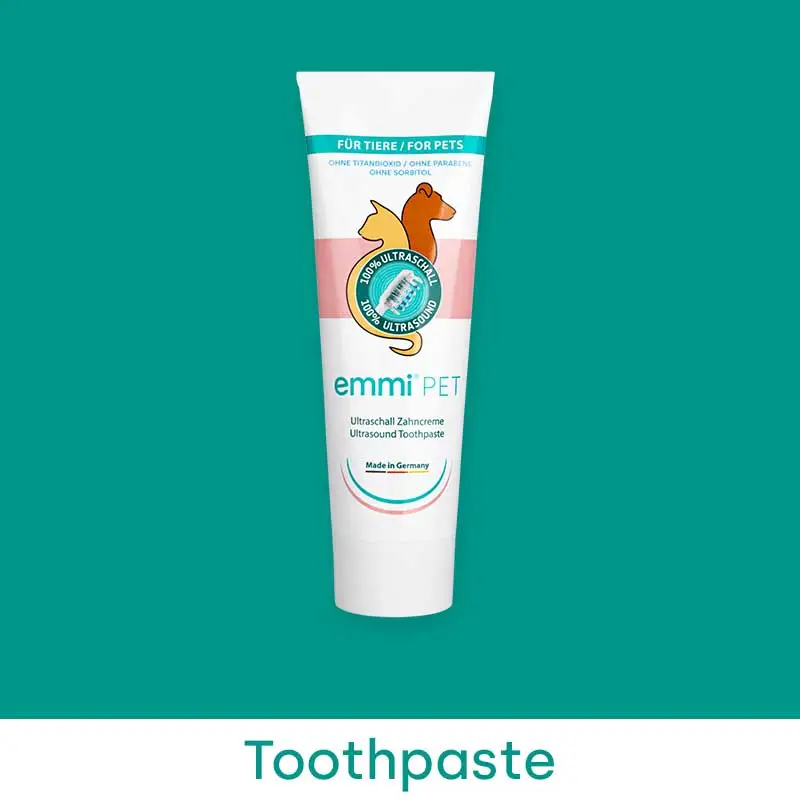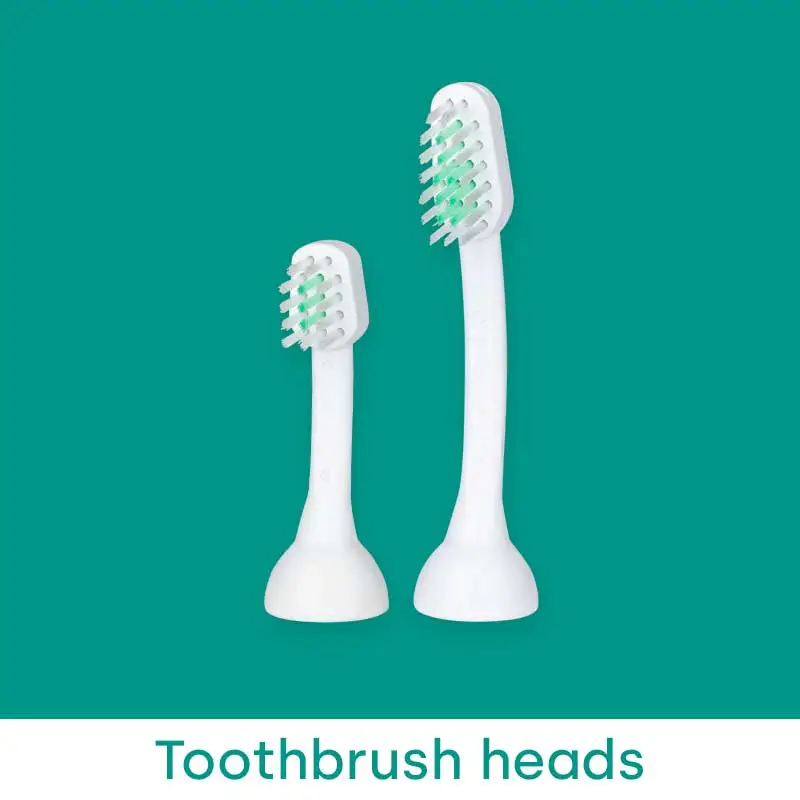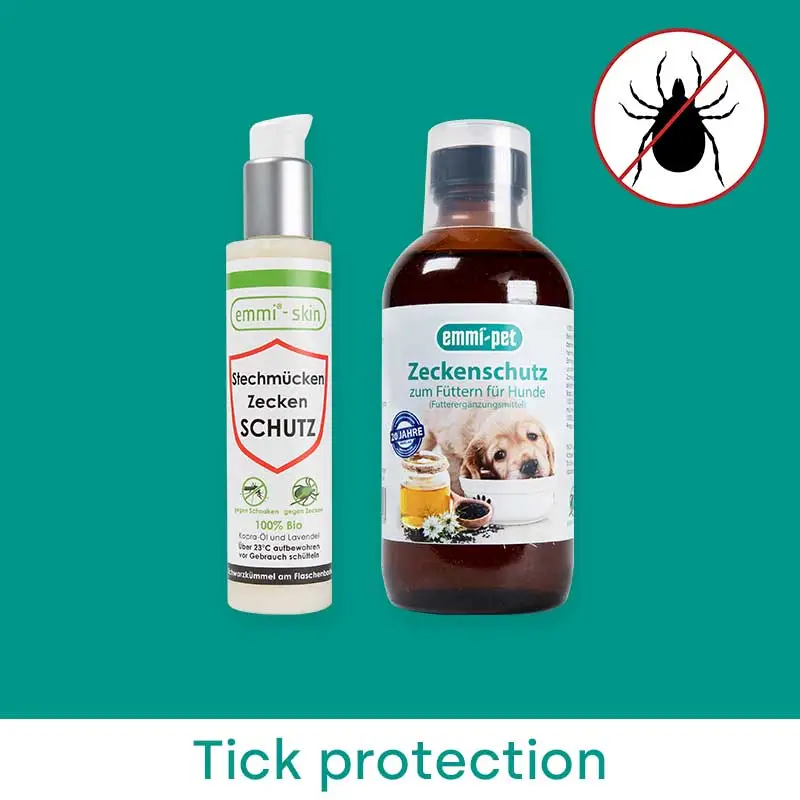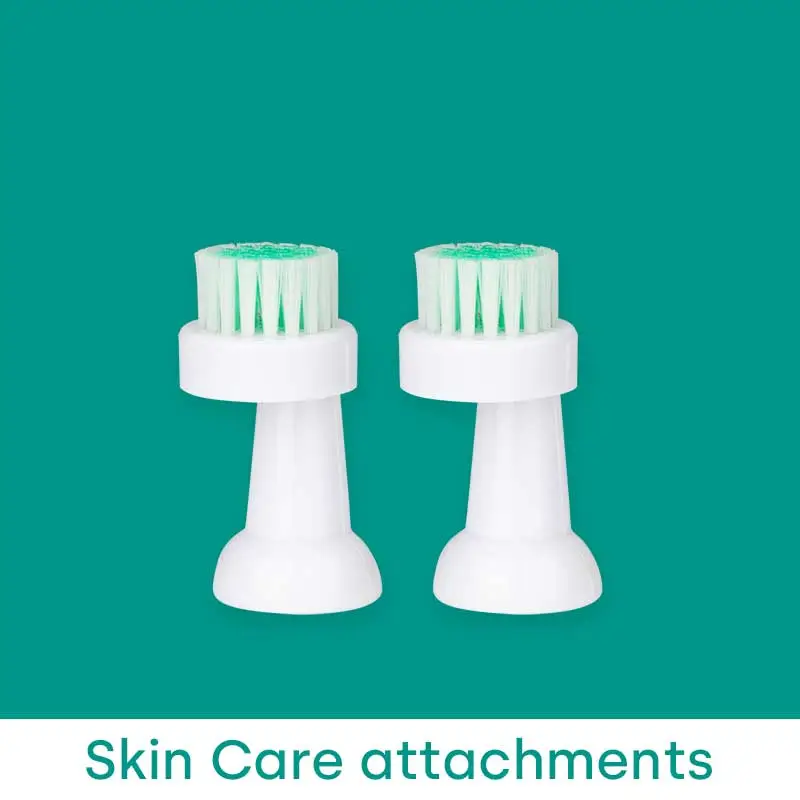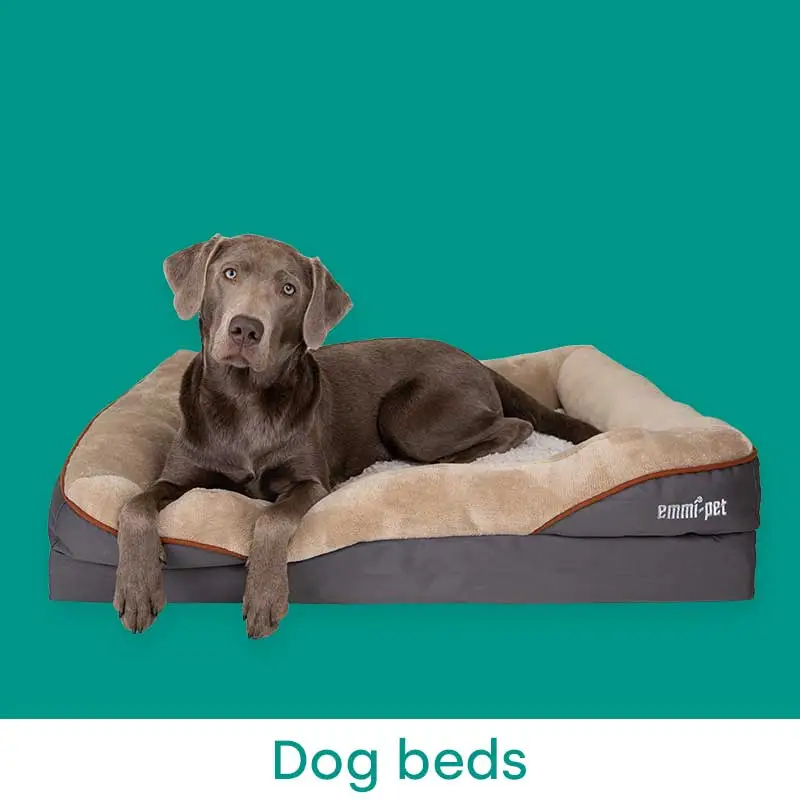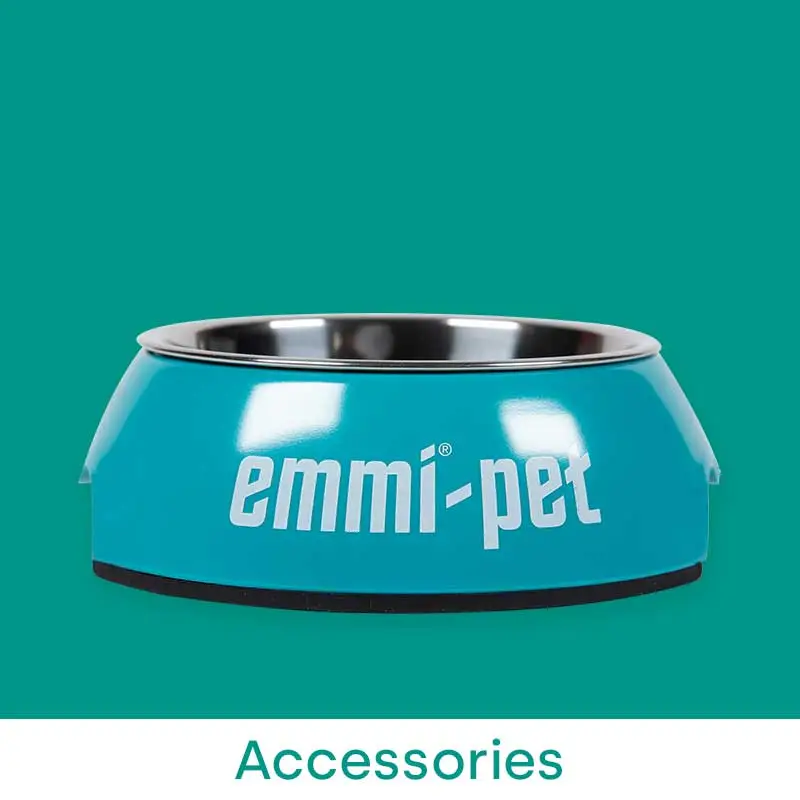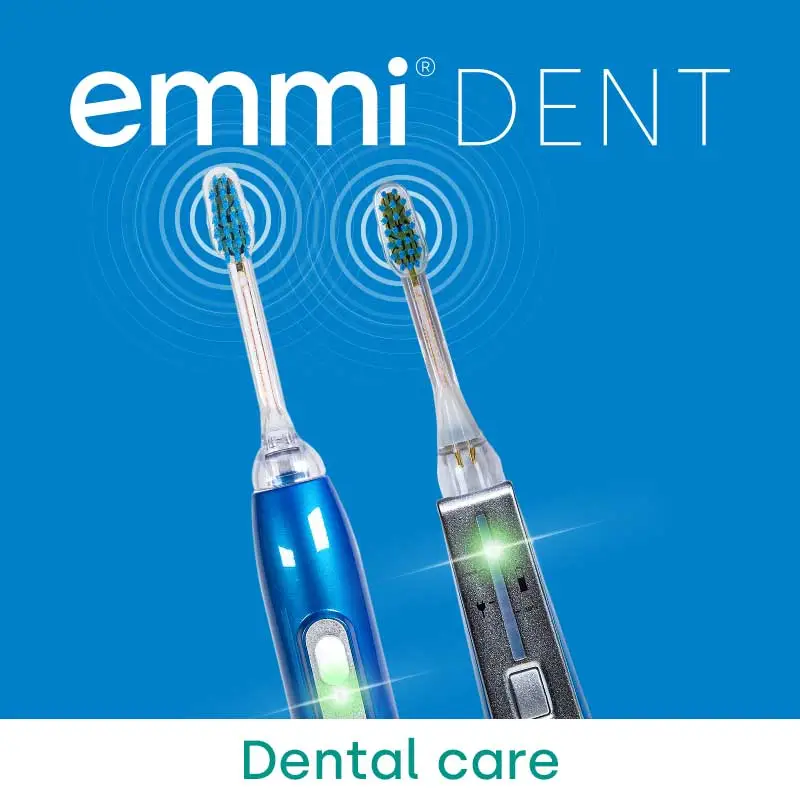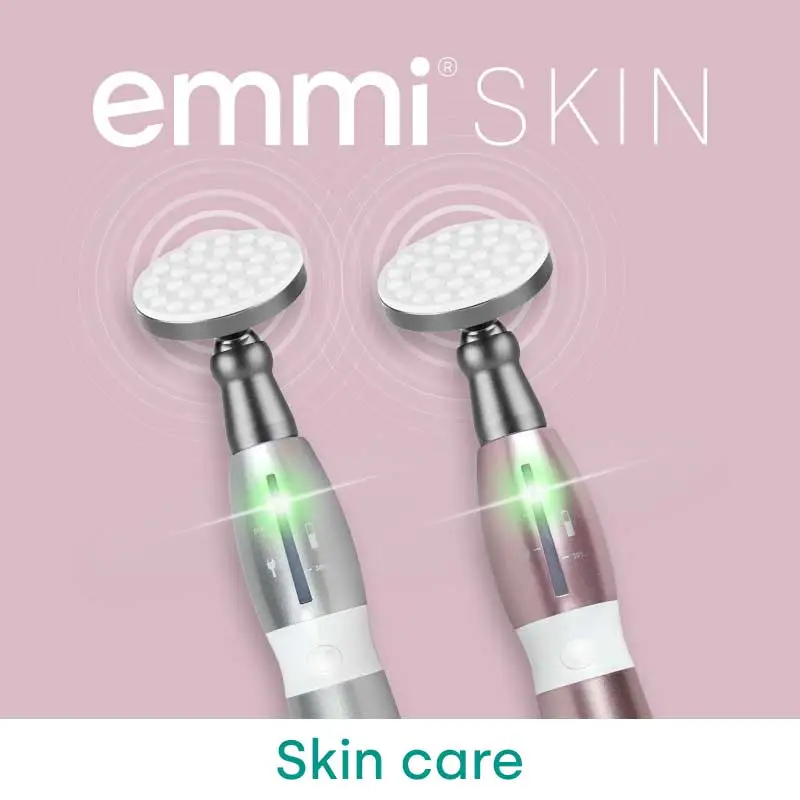
Proper care of your pet's teeth is crucial for their well-being and health. With this in mind, today we would like to share five helpful tips on using ultrasonic toothbrushes for dogs and cats. In this article, we'll cover everything you need to know - from getting started to maintaining the brush. Ultrasonic toothbrushes are an effective tool for reducing plaque and tartar without mechanical friction. Furthermore, the reduction of anxiety and stress in your dog or cat can be significantly improved by the gentle cleaning method. Find out more about this surprisingly simple and amazingly effective method of teeth cleaning below.
1 Practical steps for using ultrasound on pets
To effectively support your pet's dental health, there are some useful procedures when using ultrasonic toothbrushes. Here are our five tips to help you:
Create a relaxed environment: Before you start using the toothbrush, make sure your dog or cat is in a calm and stress-free environment. This can help to minimise any anxiety and increase acceptance of the toothbrush.
Introducing the toothbrush: Gradually introduce your pet to the ultrasonic toothbrush. Start by holding the brush near your pet's mouth without switching it on and reward them for their patience and co-operation.
Regular use: Regular use of an ultrasonic toothbrush can reduce tartar build-up and prevent bad breath. Try to brush your pet's teeth at least once or twice a week.
Maintenance of the ultrasonic toothbrush: The brush should be thoroughly cleaned and dried after each use. Replace the brush head every three to four months or when there are visible signs of wear.
Monitor dental hygiene: Keep an eye on your pet's teeth and gums. If there are any signs of redness, swelling or bad breath, consult your vet immediately.
With these simple but effective tips, you can optimise your pet's use of ultrasonic toothbrushes and help improve their dental health.
2. gradual introduction and training with ultrasonic toothbrush
Gradual training to introduce the ultrasonic toothbrush is crucial to give your dog or cat a pleasant experience. As the sensation of an ultrasonic toothbrush may be unfamiliar to your pet at first, a patient and gentle approach is required.
Start with short training sessions: Start with short, positive sessions and gradually increase the duration. This will help your pet to gradually get used to the new feeling without experiencing overwhelm or stress.
Use of rewards: A reward after each session is not only an incentive, but also promotes a positive association with dental care. This can significantly increase your pet's interest and acceptance of the ultrasonic toothbrush.
Playful introduction: Make the first introduction sessions playful and stress-free. Silent and low-vibration models such as our emmi-pet 2.0 support this process by making the experience as pleasant as possible for your pet.
Positive reinforcement: Use positive reinforcement by rewarding your pet each time it accepts the brush and remains calm during cleaning. This builds trust and co-operation and helps to establish the ultrasonic toothbrush as part of the daily routine.
Long-term habituation: With continued practice and regular use, your pet will become accustomed to the ultrasonic toothbrush. Daily teeth cleaning will become a normal and stress-free part of your routine.
Importance of regular dental care: Don't forget that regular dental cleaning at home is crucial for your pet's overall health. Regular brushing helps prevent tartar build-up, keeps breath fresh and contributes significantly to overall well-being.
3 Practical use of the ultrasonic toothbrush
There are a few specific steps to follow to ensure optimal preparation of the ultrasonic toothbrush for efficient and comfortable cleaning of your pet's teeth. This careful preparation will help ensure that the dental cleaning is stress-free and effective for both you and your pet.
Choosing the right brush head: Make sure you choose a brush head that is specifically suited to the size and type of teeth your pet has. For smaller animals, there are smaller brush heads that fit better in their mouths and provide a gentler clean.
Checking and adjusting the device: Before you start cleaning, check that the ultrasonic toothbrush is correctly assembled and in working order. The device should be set to an intensity that is comfortable for your pet. Many devices offer different modes that you can adjust according to the sensitivity of your pet's gums and teeth.
Getting your pet used to the toothbrush: Before using the toothbrush for the first time, allow your pet to sniff and explore the device without switching it on. This helps to reduce anxiety or stress. You can hold the device lightly against your pet's teeth and gums to help them get used to the sensation.
Gentle use of the toothbrush: Start with short cleaning sessions, especially if your pet is not yet used to using a toothbrush. Run the brush slowly and gently along the rows of teeth, making sure you reach every part of the mouth without applying too much pressure.
4. maintenance of the ultrasonic toothbrush
Careful maintenance of your ultrasonic toothbrush is essential to ensure its longevity and effectiveness. A well-maintained toothbrush will go a long way to ensuring that you and your pets benefit from optimal oral hygiene in the long term.
Immediate cleaning after each use: Start by thoroughly rinsing the brush head under clean running water after each use. This is crucial to remove any toothpaste residue that may build up on the bristles. You should then allow the brush head to air dry completely. This measure not only prevents the formation of bacteria, but also mould, which can damage the materials and impair the function.
Regular replacement of the brush head: It is advisable to replace the brush head approximately every three months. However, the exact frequency depends on the intensity of use. Signs such as worn bristles or a decrease in cleaning performance indicate that the brush needs to be replaced. A fresh brush head ensures effective cleaning and protects oral health.
Special brush heads for pets: When using ultrasonic toothbrushes for dogs and cats, it is important to use specially designed brush heads. These are usually smaller and softer than those for humans and therefore ideal for the sensitive mouths of your pets. Always make sure to use the right brush head to ensure gentle and thorough cleaning.
Storage: Always store the ultrasonic toothbrush in a dry and clean place. Correct storage ensures that the toothbrush remains hygienic and is always ready for use.
By following these simple but effective steps, you can not only maximise the life of your ultrasonic toothbrush, but also ensure that your pet benefits from an effective and comfortable dental cleaning at all times.
5. dental hygiene monitoring and assessment
Regular monitoring and assessment of your pet's dental hygiene is crucial to ensure that their oral health remains at its best. This process requires not only attention to daily brushing, but also a deeper understanding of how oral health affects your pet's overall well-being.
Recognise early warning signs: Look out for signs such as bad breath, tooth discolouration or bleeding gums that may indicate potential problems. Regularly checking your pet's mouth can help you spot problems early before they become more serious.
Documentation and tracking: It's helpful to keep a health record for your pet where you record all observations and changes. Note dates of vet visits, specific findings and any changes in oral hygiene. These records can be a valuable source of information for future visits to the vet.
Regular professional evaluations: In addition to daily grooming, it is important to have regular dental examinations performed by a veterinarian. This can provide a professional cleaning that goes beyond what is possible at home and helps to thoroughly remove tartar and plaque.
Incorporating new technology: Modern diagnostic tools such as digital dental x-rays can provide deeper insights into your pet's dental structure and are crucial for diagnosing conditions that lie beneath the gums.

